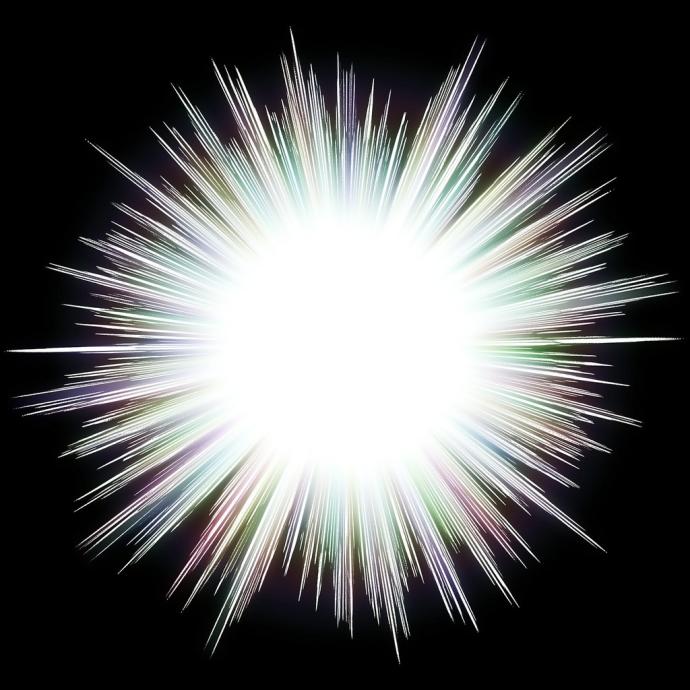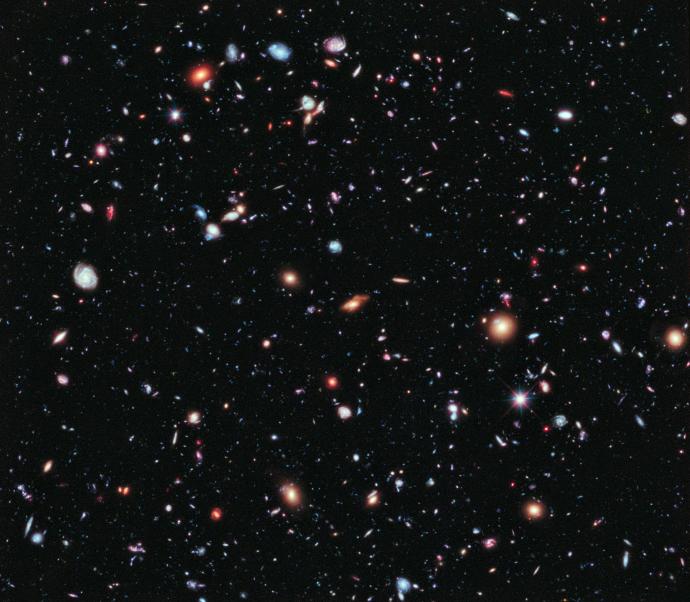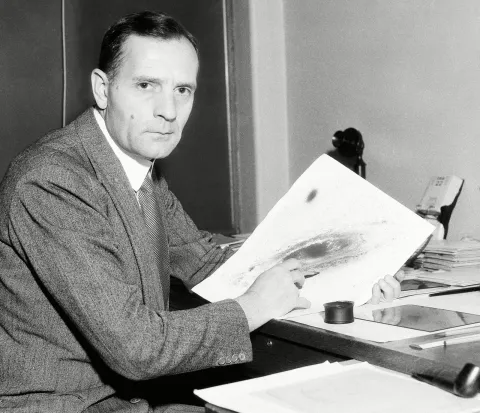Supercomputers
Supercomputers are types of computers which work together to act quickly.
They are often called high-performance machines. This is because they are able to process data a million times faster than the best desktop computers.

The Big Bang
The Big Bang is the explanation for how the Universe started.
Astronomers think that everything started in a single point. Then everything expanded and stretched to grow into the huge Universe we see today.

The Universe
Cosmology is the study of the Universe. It doesn't look at small objects, like stars or planets. It investigates the Universe on a large scale.

Gravitational Lensing
Space is not flat. It is 3D, and we say that everything in it is held together on an imaginary surface we call spacetime. The idea of spacetime was put forward in Einstein's theory of relativity.

Edwin Hubble
Occupation
Astronomer, Cosmologist
Year born
1889
Research Areas
Galaxies, Extra-galactic astronomy, Observational cosmology

Mario Hamuy
Early Life
Mario was born in Chile. Although his dad was a politician Mario found a love for science. He got degrees in physics and astronomy from the University of Chile.
Year born: 1960
Research Areas: Observational Astronomy, Supernovae, Cosmic Distances
Create An Expanding Universe
Timeline of Astronomy
Did you know that our understanding of science and space had gradually been built over thousands of years? Discover the people from the past whose observations and experiments helped us understand our Solar System and the
Carlos Frenk
Early Life
Carlos was born in Mexico. He is the son of a German-Jewish immigrant father and a Mexican-Spanish mother. Half of Carlos’ family are musicians, the other half are doctors. Carlos was interested in maths and nature when he was young. He did not feel that music or medicine would suit him. Carlos has an undergraduate degree in physics from the University of Mexico. He started off studying engineering. He switched to physics when he realised that he was more interested in “why things work?” than “how?”.
Year born: 1951
Research Areas: Supercomputer Simulations, Galaxy Formation
"Scientists are sceptics. But the main thing is you have to be a rebel, because otherwise you don’t contribute to new ideas."
